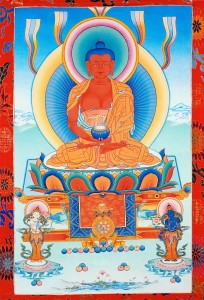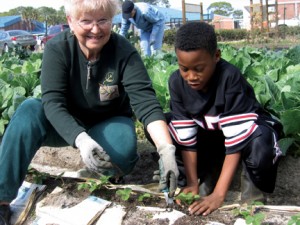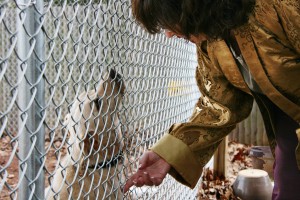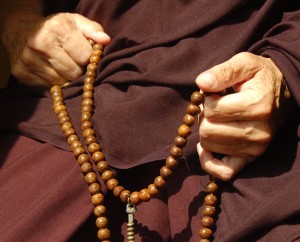
I’d like to address the very newest Dharma practitioners, and offer the #METHOD I speak so often and so fondly of. All can benefit.
Many are interested in Buddhism, read and think about it, enjoy it’s thoughtfulness. But the main point of Dharma is accomplishment.
One can be a friend of Dharma, a supporter, collector, even a Guru junkie! But the point of Dharma is awakening, + method applied.
There are no quick and easy routes, no magic buttons, no gadgets, no tincture of this or that worth the money or effort. Dharma is free.
All you really need is a comfy cushion, a quiet sacred space, a Mala (prayer beads) an image relating to your practice really helps.
Most practice requires empowerment (Wang) breath transmission (Lung), and the Lama’s commentary. Therefore one needs a qualified Guru.
Fortunately, through compassion, certain Buddhas have made themselves more accessible in these times. One is Buddha Amitaba.
Amitaba vowed that anyone speaking His Mantra or even hearing it, He would liberate at death, thus accomplishing Dharma in one life.
Practicing Amitaba, then, is swift and extraordinary, can be done without wang or lung if the strong vow is made to seek these out asap.
As quickly as possible these tweets will be arranged usefully with an image of Amitaba for practice. Now, settle onto your cushion.
Allow the mind to simply relax and clear. Practice makes perfect, you will improve in time. The body is relaxed but the spine straight,
The legs should be crossed Indian style or Lotus style, but comfortable.
THE PRACTICE
Instantly in the space in front-above arises Buddha Amitaba.
He is red in color, one face, 2 hands resting in His lap, palms up w/knuckles touching. This mudra symbolizes meditative equipoise.
He is holding a begging bowl and wearing robes of ordination, seated in Lotus Posture. He is surrounded with His retinue of Sublime ones.
As we are awed by His splendor we take refuge with body, speech, and mind.
“Buddha Amitaba I take refuge in you in this and every life” repeat 3 x
Then, thinking kindly of all sentient beings, recite:
“For the sake of beings I give rise to the Bodhicitta so all may benefit” repeat 3 x
If you have a PURE Lama, consider that while the appearance is Amitaba, the essence is identical to one’s Root Guru. If not, get one.
Then hold the mala and recite Mantra, counting with beads. One full Mala is 108 reps.
The mantra; OM AMI DEWA HRI is repeated 108 times.
While reciting, one concentrates on compassion as motivation, the extraordinary qualities of Amitaba, the yearning for Liberation in one life.
So the mind should be filled with pure Devotion and wholesome yearning, and Kindness toward all beings, every one, animals, ALL.
After at least one full Mala of Mantra, recite:
“I prostrate to Amitaba Buddha!”
“May I be reborn in the pure realm of great bliss”
Then Amitaba and his entourage dissolve into light, and pour into top of one’s head (crown). And mixes like milk and water with one’s mind.
“And may all sentient beings without exception be placed in that very state.”
That’s a VERY short condensed method, taken from Nam Cho.
The best thing to do is make a commitment to do this practice every day. It is in the commitment and the doing that benefits,
Along with the very sacred Mantra and the blessing it holds. Therein lays benefit and accomplishment. Samaya.
Some links you may find helpful:





